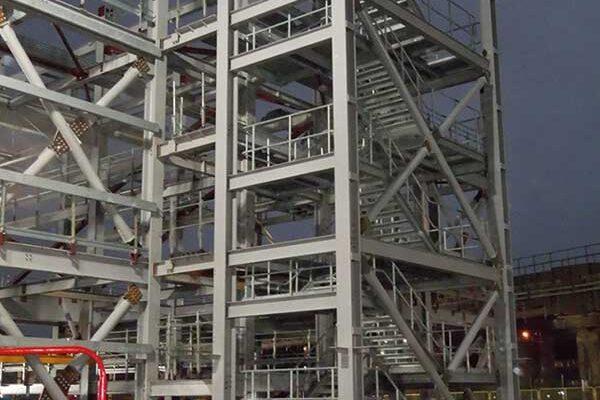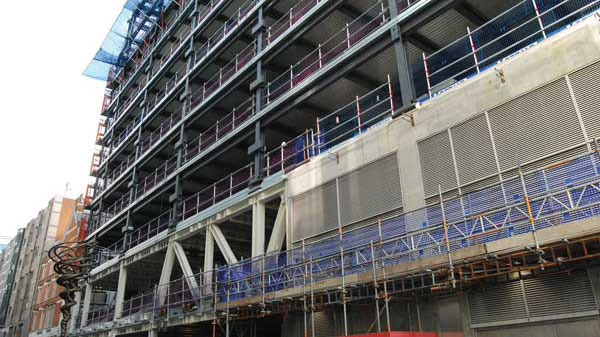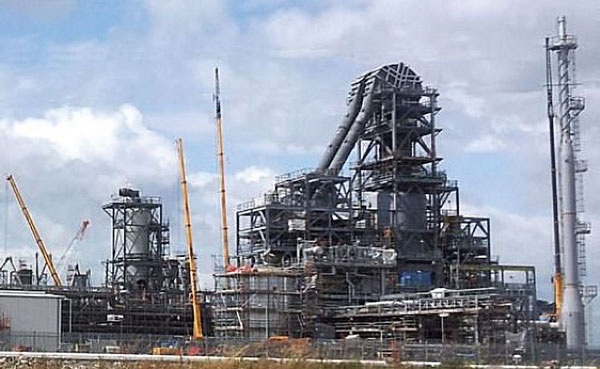News
President’s Column: March 2024
An article entitled “The engineering behind nuclear grade steel as used at Hinkley Point C” was published in the New Civil Engineer (NCE) on 19th Jan 2024.
While I cannot contest the individual statements contained within the article, the implication I got from reading the full text is that we have a significantly limited supply of UK steel that is suitable for use on nuclear sites. And I wasn’t the only one to come away with this impression as within a few days of publication, one reader was already questioning how much longer the UK would be able to produce the necessary high-quality steels required for a project of this nature.
I was first alerted to the article by an industry colleague who, like myself, has been working on the Hinkley C project for the past few years. He too, had interpreted the content of the article to be suggesting that steelwork of the quality required to build a nuclear power plant is not readily available in the UK.
I therefore feel it necessary to clarify this perception.
When completed, over 30,000 tonnes of steelwork will have been supplied to construct the Hinkley Point C nuclear site. The vast majority of this steelwork has been sourced from UK mills or stockholders, with the remainder sourced directly from Europe. Since this steelwork is specified for its structural qualities, the general grade of this steelwork is S355, which is commonly available around the UK from suppliers such as British Steel, Tata, Liberty Steel and steel stockholders such as Barrett Steel and others.
The steelwork referred to in the NCE article was specifically limited to the 245-tonne dome roof that sits on top of the nuclear reactor and provides containment against the leakage of radioactive materials. The supply of this steel is usually specified in accordance with ASME codes to comply with pressure containment rather than structural behaviour, hence the term “nuclear grade material”. The difference between this grade of steel and what we all recognise as “standard structural steel” is related to manufacturing controls and chemical element limits as well as the material yield strength. For example, a commonly specified nuclear grade material is SA508, which can have yield strengths ranging from 345MPa to 585MPa depending on the nature of the design.
Given the correct specification, it is therefore possible that nuclear grade material could be sourced from a range of UK suppliers and is more readily available than the article appears to suggest.
And, while on the subject of UK steel supply, many BCSA members have raised questions as to whether the imminent closure of Tata Steel’s Port Talbot blast furnaces will affect the availability of certain steel products in the UK prior to the opening of the new Electric Arc furnace at the same site in 2027. In response, Tata Steel has confirmed that the supply will remain uninterrupted by the import of semi-finished slabs from their overseas plants in the Netherlands and India to feed its downstream processes in the UK. In addition, Tata Steel will continue to operate the hot strip mill through the transition period and in the future.
With UK steel production at its lowest level since the Great Depression of 1931/32, we need the confidence that both Tata Steel and British Steel will successfully deliver their upcoming projects and get the UK back among the top G20 countries where steel production is proportionate to the size of the economy.
Gary Simmons
BCSA President














